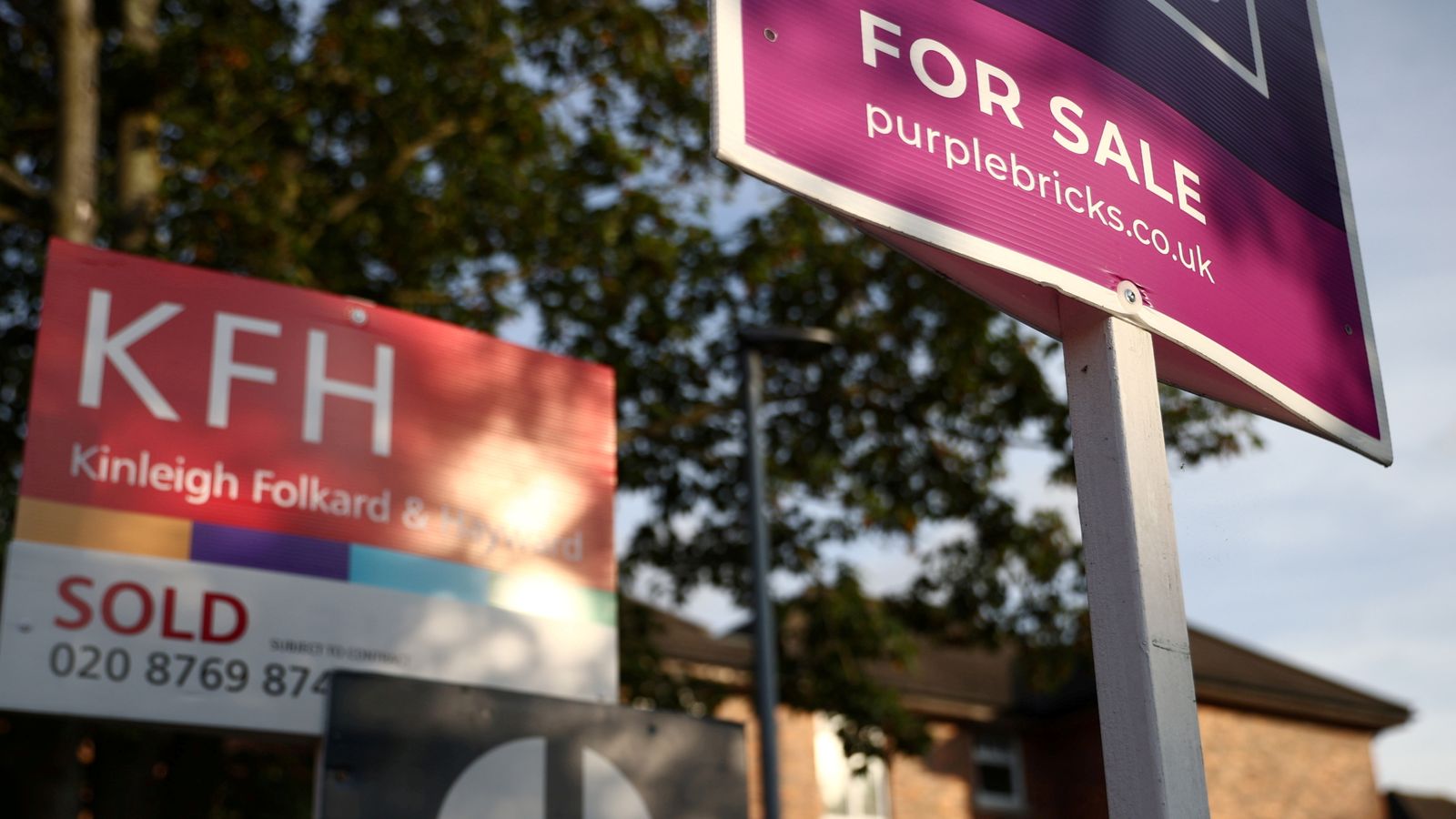UK banks are tightening their belts when lending to homebuyers, as they begin to incorporate the cost of living crisis into their mortgage models.
Potential buyers might struggle to get the size of loan they need, according to mortgage brokers, with surging household costs and sky high energy bills forcing lenders to reassess what mortgages people can afford.
This will make it harder for consumers to borrow as much as previously, according to a recent report in The Guardian.
Santander has become one of the first banks to revise its affordability calculations, with other large lenders like HSBC, Barclays, Lloyds Banking Group and NatWest expected to follow suit.
Read more: House prices growing at fastest rate since 2004
“With living costs spiralling out of control and national insurance and dividend income tax rates rising, it should not come as a surprise that lenders will have to adjust how much they will allow people to borrow,” Imran Hussain, director at Harmony Financial Services, told Mortgage Solutions.
“They have a responsibility to ensure all borrowing is affordable. Some have done so already, while others are doing so.”
Food bank providers ‘deeply concerned’ about suffering across UK amid ‘ relentless’ demand
Dublin: Truckers block city’s streets in protest over high fuel prices
Cost of living: Rising energy prices could add £100,000 to swimming pools’ running costs
Many banks depend on the Office for National Statistics (ONS) for household spending figures to judge the average mortgage applicant’s spending.
This number is then used to assess whether a borrower can afford their monthly mortgage on top of other expenses and bills.
Follow the Daily podcast on Apple Podcasts, Google Podcasts, Spotify, Spreaker
However, ONS data will soon reflect higher energy costs, potentially reducing the size of the mortgage that some households are able to apply for.
Experts expect the pace of growth in the housing market to slow this year partly as a result of rising rates as well as the wider surge in the cost of living and the increasing lack of affordability of homes.






















